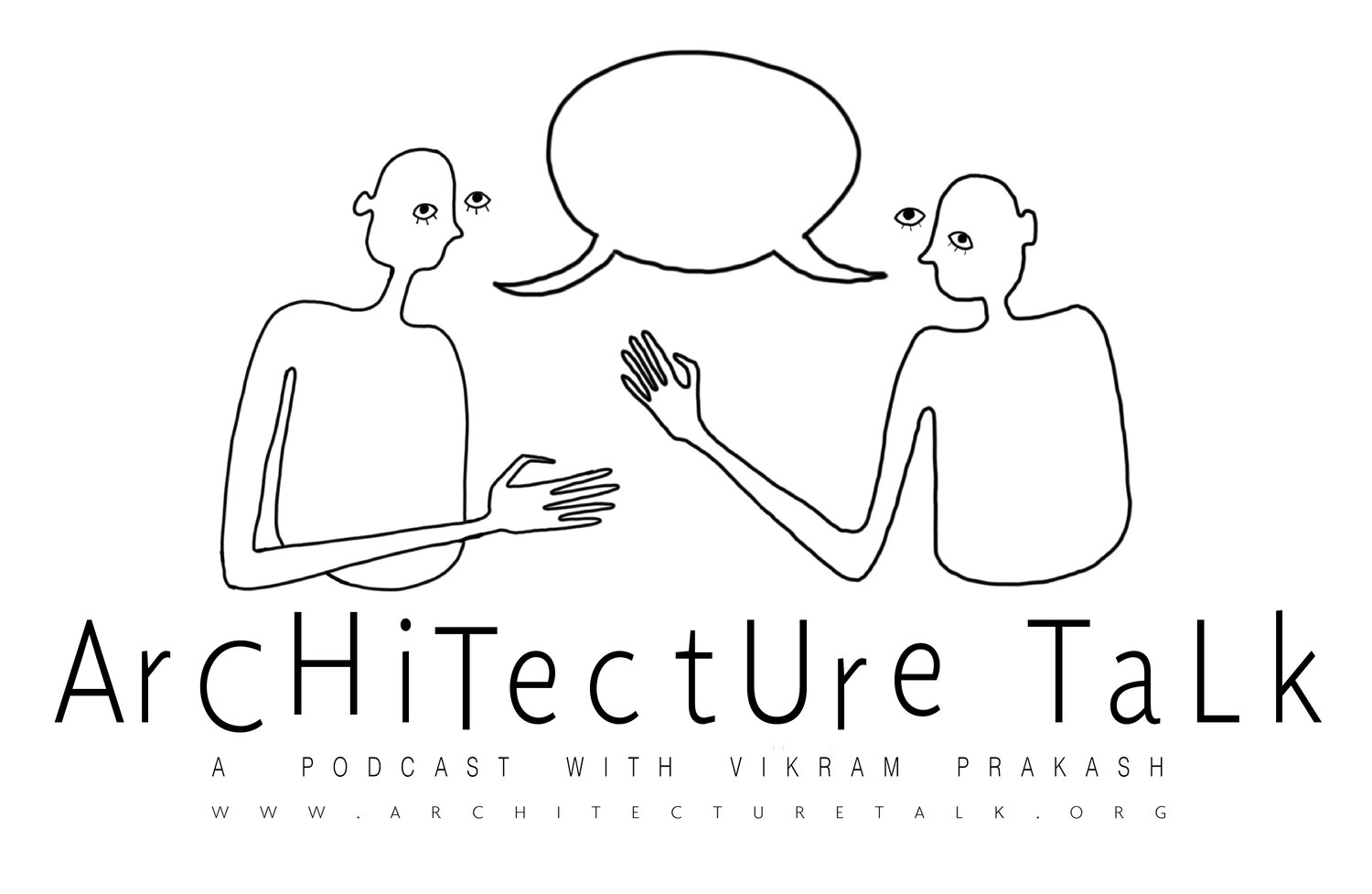124. Architecture and the Photographic Eye with Randhir Singh
Original Drawing by Tori Haynes
“We learn and study architecture [largely] through drawing, writing, and photography. Those are the three ways that we digest and understand these things. The photograph becomes incredibly important and in my education as an architect this idea of the role of the photographer in crafting this photograph to teach about architecture…the role of that photographer is left out of the conversations…but the photographer is so critical in how we understand buildings.” Randhir Singh
This week, we talk with Randhir Singh about his life as an architectural photographer, which he pursues, not just as an art, but as a way of architectural thinking itself. From the art and craft of the making of a photograph, to the final presentation in MOMA, Randhir Singh walks us through his methods and philosophy on the art of architectural photography.
Timestamp Outline
1:00 Introducing architectural photographer Randhir Singh
1:30 MOMA exhibition The Project of Independence: Architectures of Decolonization in South Asia 1947 - 1985
3:30 discussion of Randhir Singh’s professional trajectory, from architecture to architectural photography
6:20 Randhir discusses his philosophy on what is architecture - it is more than just building.
7:37 “We learn and study architecture [largely] through drawing, writing, and photography. Those are the three ways that we digest and understand these things. The photograph becomes incredibly important and in my education as an architect this idea of the role of the photographer in crafting this photograph to teach about architecture…the role of that photographer is left out of the conversations…the photographer is so critical in how we understand buildings.” RS
9:49 “making the photograph is a creative act, not just a form of documentation. documentation implies some inherent truth…” RS
11:55 “When you make photographs, what are the kinds of theses you are exploring?” VP
15:00 “In architectural photography [the primary rule of thumb] is that the verticals stay straight. The verticals must always stay vertical…” RS
16:00 “Photography and Modernism in architecture develop at the same time…and modernism in particular has a really strong dependency on the photograph…modernism spreads around the world because of the photograph…” RS
17:00 Discussion on the connection between photography and drawing
19:15 IIT Delhi photographs for a commissioned project
21:00 Water Towers (a project in the tradition of Bernd and Hilla Becher)
21:05 Studies in Form - a cyanotype project
23:00 Discussion turns to photographing Indian and South Asian Architecture and the MOMA exhibition
25:30 Discussion of the state of Modernist masterpieces that are falling apart.
26:00 Hall of Nations, Nehru Pavilion, Nagakin Capsule Tower are examples of modernism that was not well preserved.
29:00 B.V. Doshi’s IIM in Bangalore
30:00 Belapur Incremental Housing by Charles Correa
31:40 “In this [MOMA] exhibition, what were your driving concepts around cropping, for instance?” VP
32:15 Randhir walks us through his process.
35:00 Thomas and William Daniell discussed as part of composition considerations
37:44 “What is the status of Modern architecture today?” VP
40:00 “What is your connection to modern Architecture?” VP
45:00 Habib Rahman garden city modern architecture







